Lemongrass, scientifically known as Cymbopogon citratus, is a fragrant herb with a unique citrusy flavor and a variety of culinary and medicinal uses. It is native to tropical regions in Asia, particularly India, Sri Lanka, and Southeast Asia, but it’s now cultivated and used worldwide.
Here is a description of lemongrass:
- Appearance:
- Lemongrass typically grows in tall, slender stalks that resemble thick grass. These stalks can range in height from 2 to 6 feet (0.6 to 1.8 meters) and have a vibrant green color.
- The leaves of lemongrass are long and blade-like, similar in appearance to grass blades, and they grow in clusters at the top of the stalks.
- The base of the stalk is bulbous and pale in color, while the upper part is green and leafy.
- Flavor and Aroma:
- Lemongrass is renowned for its strong, citrus-like aroma and flavor. It has a refreshing and zesty scent that resembles a combination of lemon and mild ginger.
- The flavor is also citrusy and bright, with a hint of herbal and earthy notes. It is often used to add a lemony and tangy essence to dishes.
- Culinary Uses:
- Lemongrass is a popular ingredient in Asian cuisine, especially in Thai, Vietnamese, and Indonesian dishes. It is used to impart a distinctive citrusy flavor to soups, curries, stir-fries, and marinades.
- The tender lower part of the stalk is typically used in cooking. To release its flavor, you can either chop it finely or bruise it by pounding it with the back of a knife.
- Medicinal Uses:
- Lemongrass has a history of traditional medicinal use in various cultures. It is believed to have several health benefits, including anti-inflammatory, antioxidant, and antimicrobial properties.
- It is often used in herbal teas and infusions to promote digestion, relieve anxiety, and boost the immune system.
- Lemongrass essential oil is also extracted from the plant and used in aromatherapy and as a natural remedy for various ailments.
- Cultivation:
- Lemongrass thrives in tropical and subtropical climates and prefers well-drained, sandy or loamy soil with plenty of sunlight.
- It can be grown from seeds or propagated by dividing established clumps of lemongrass.
- Due to its rapid growth, it can become invasive in some regions.
In summary, lemongrass is a versatile herb known for its citrusy aroma and flavor. It is a staple in many Asian cuisines and is also valued for its potential health benefits. Whether used in cooking or for its medicinal properties, lemongrass adds a refreshing and aromatic twist to a variety of dishes and remedies.

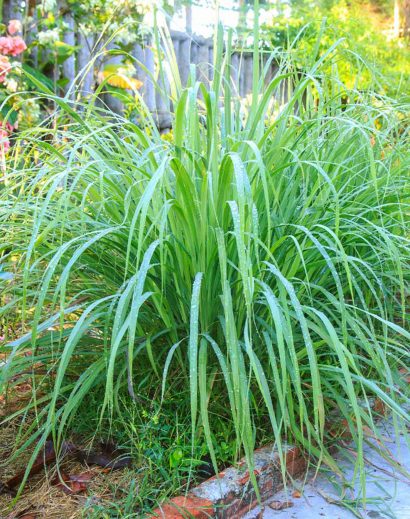
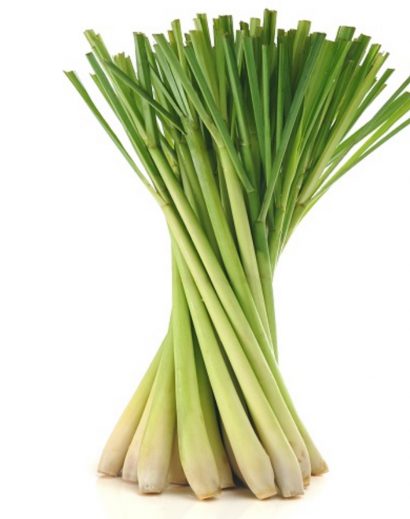
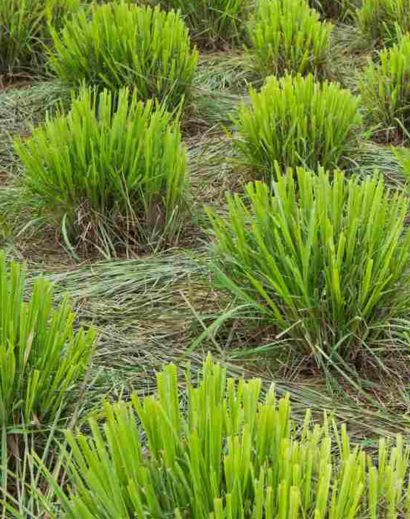
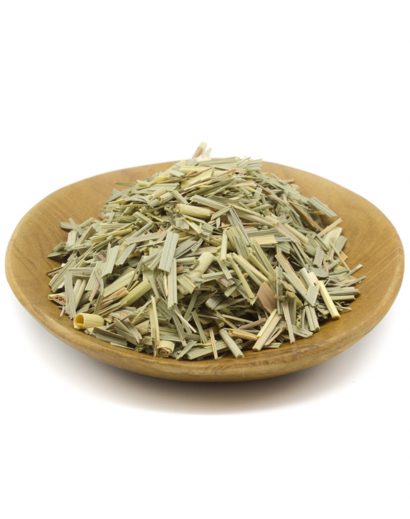
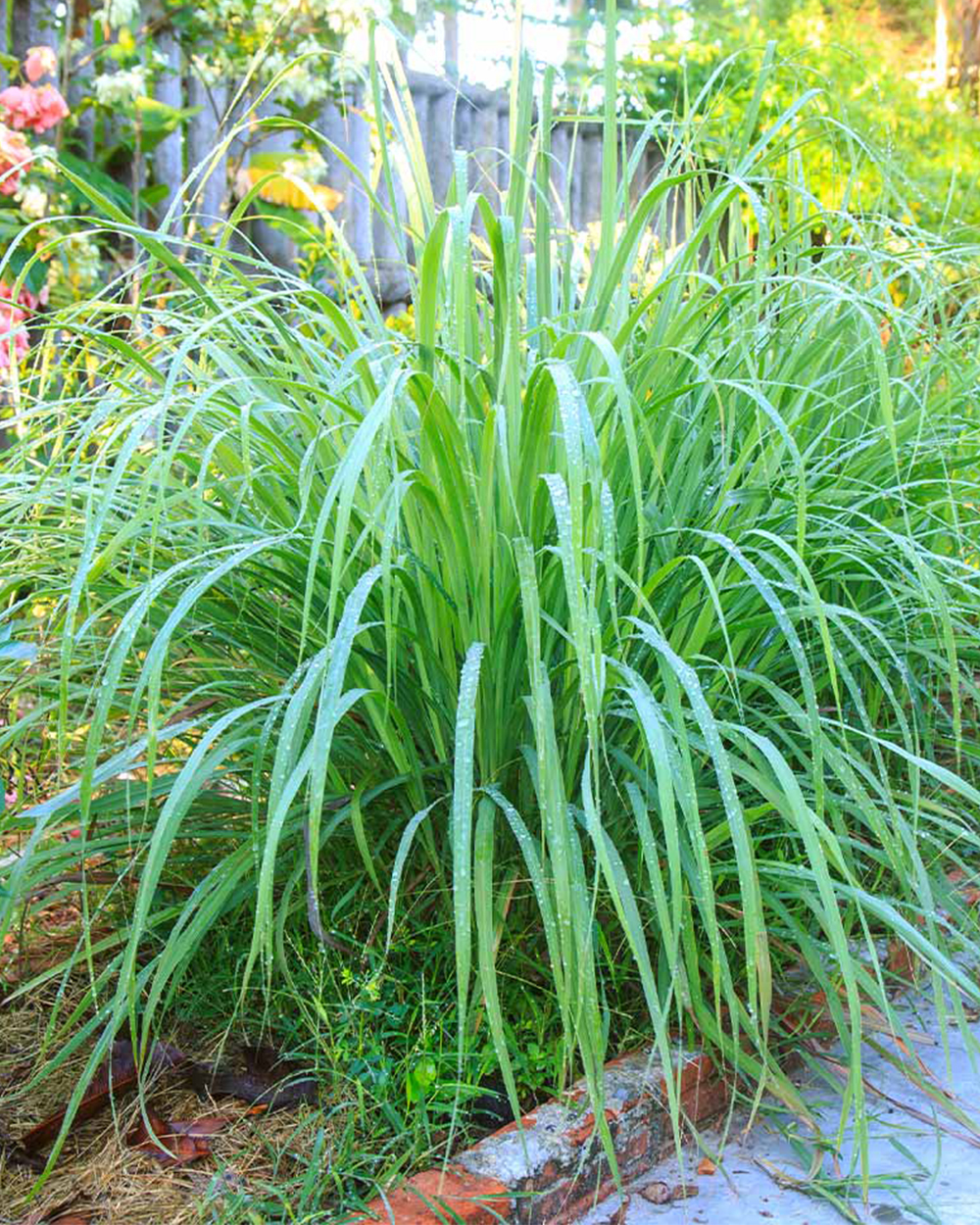
Reviews
There are no reviews yet.